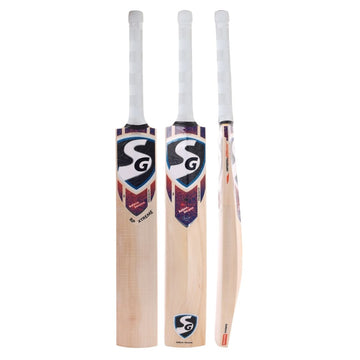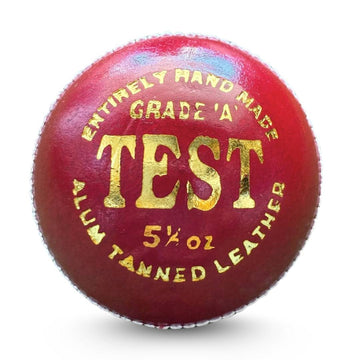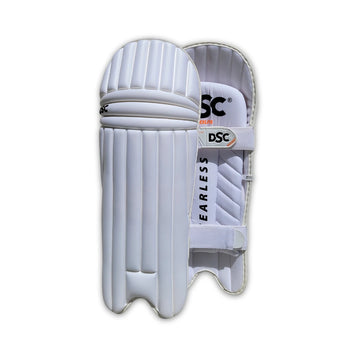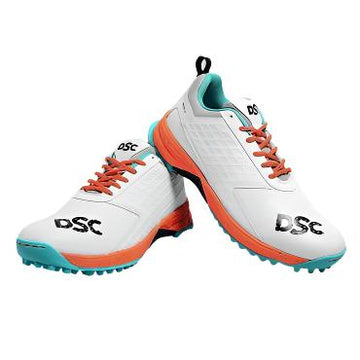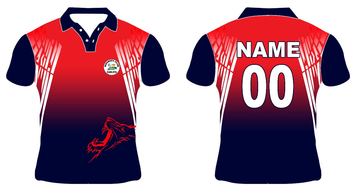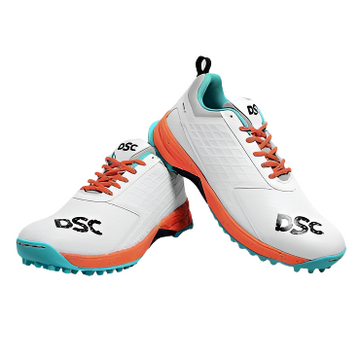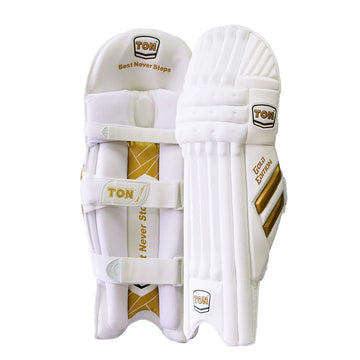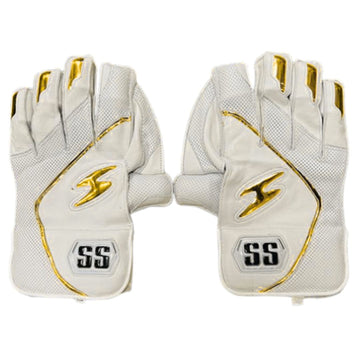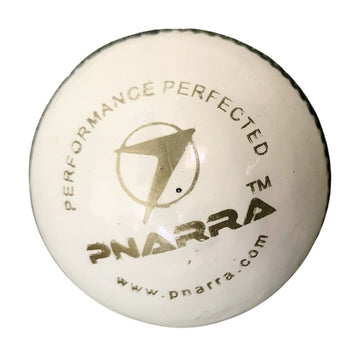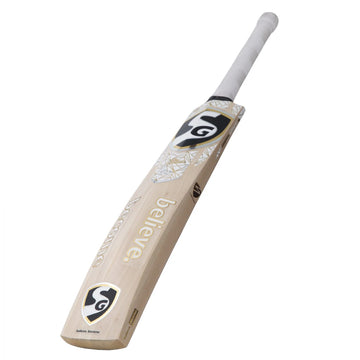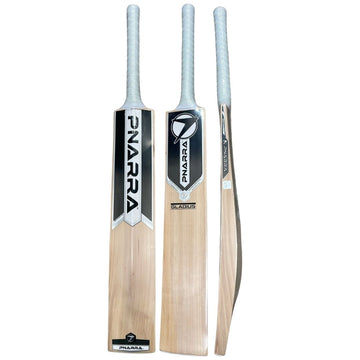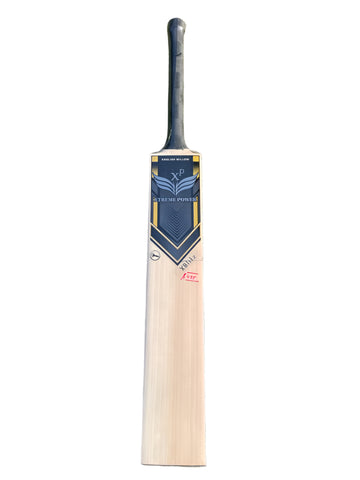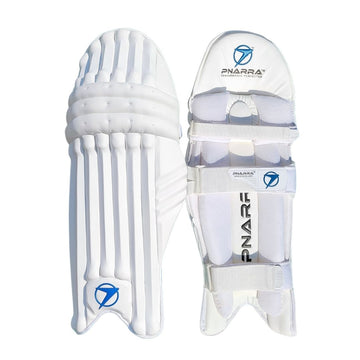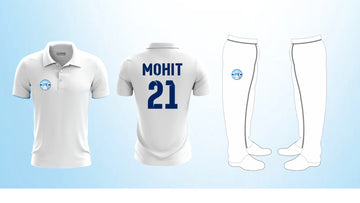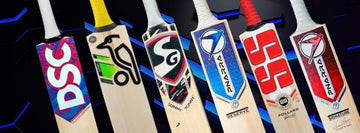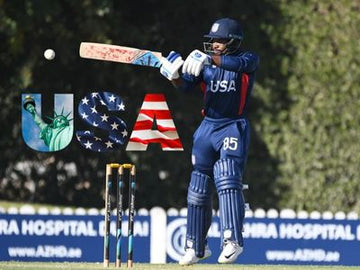Cricket is a game of skill, precision, and adaptability. Whether you’re a beginner or a professional player, practicing with different types of cricket balls can significantly improve your game. Each ball—leather, rubber, plastic, or hard—offers unique benefits, helping players develop technique, power, and reflexes safely.
At PR Pro Sports, we recommend every cricketer have access to a variety of balls for practice. Here’s why.
1. Leather Balls – Train Like a Pro:
Leather balls are the standard choice in professional cricket matches, making them an essential part of serious practice sessions. Training with leather balls helps players simulate real match conditions by providing realistic bounce and seam movement. This not only improves batting timing and shot selection but also sharpens bowling accuracy and enhances hand-eye coordination. Practicing with leather balls ensures that players are better prepared for competitive games where precision and adaptability are key.
Tip: Always use gloves, pads, and protective gear when practicing with leather balls to prevent injuries.
2. Rubber Balls – Safe & Versatile Training:
Rubber balls are lighter and softer compared to leather balls, making them an excellent option for beginners and junior cricketers who are learning the basics of batting and catching. They are also ideal for indoor practice, as they do not damage floors or furniture, allowing players to train in safe environments. Additionally, rubber balls are widely used for reflex and hand-eye coordination drills, providing a safer way to develop core cricketing skills without the risk of injury.
Benefit: Rubber balls reduce the risk of injury while still providing a realistic feel of cricket practice.
3. Plastic Balls – Indoor & Casual Practice:
Plastic balls are lightweight, affordable, and perfectly suited for casual or indoor games. They are commonly used in indoor cricket or backyard sessions where convenience and safety are priorities. Ideal for quick drills and fun practice, plastic balls provide an easy way to enjoy the game in areas where using hard balls may pose safety risks. Their versatility makes them a popular choice for recreational play and skill-building in a relaxed environment.
Pro Tip: Start beginners with plastic balls and gradually move to rubber or leather balls as their skill improves.
4. Hard Balls – Build Strength and Power:
Hard balls, which are often heavier than standard cricket balls, play an important role in advanced training. Practicing with them helps players build strength in both batting and bowling, making their overall performance more powerful. They also improve grip and wrist control, which are essential for executing precise shots and deliveries. Additionally, training with hard balls boosts a player’s confidence in facing high-speed deliveries, preparing them to handle challenging match situations with greater ease.
Caution: Always wear protective gear when using hard balls to prevent injuries.
Conclusion
Using a variety of cricket balls during practice ensures well-rounded skill development. Beginners start with plastic or rubber balls, intermediate players use hard balls for strength, and advanced players train with leather balls to replicate match conditions.
Investing in multiple types of practice balls not only improves technique but also enhances confidence, safety, and versatility on the field.
At PR Pro Sports, we offer a wide range of cricket balls for all levels of players, ensuring you have the right gear for every training session.

